On March 11, 2009, The Washington State Department of Ecology convened the technical advisory committee for the Total Maximum Daily Load study currently underway for Burnt Bridge Creek. This creek begins as a spring in East Vancouver, and flows 13 miles westward into Vancouver Lake. Monitoring stations have been established at various locations along the stream path. The study includes tributaries — Cold Creek, Petersen Channel and Burton Channel. Burnt Bridge Creek suffers from failures of various water quality standards, and the purpose of this study is to determine how to remedy the problems and improve water quality. [Read More...]
-
State Studies Water Quality Failures on Burnt Bridge Creek – March 11, 2009
-
Data Gathered for Vancouver Lake Superfund Assessment – March 4, 2009

Contractors for the EPA's Superfund Technical Assessment and Response Team gathering sediment samples 3/4/09 at a wetland location near Vancouver Lake.
In August, 2007, RNA and Columbia Riverkeeper submitted a formal Citizen Petition for the Environmental Protection Agency (EPA) to conduct a Preliminary Assessment to consider Vancouver Lake a superfund site due to contamination from substances like PCBs. The Citizen’s Petition scored sufficiently for EPA to to move to the next step, which is a site inspection study. Contractors for the EPA arrived in Vancouver to gather around 30 sediment samples that will be shpped out of state for analysis at federally contracted laboratories. [Read More...]
-
RNA’s letter to Governor Chris Gregoire regarding stormwater and septic tank ordinances – February 16, 2009
The Rosemere Neighborhood Association has sent a letter to Governor Chris Gregoire regarding legislation introduced under House Bill 1661 [Reducing the authority of the state board of health with regard to small-scale sewage systems] to remove state oversight on private septic systems. Without state standards, local jurisdictions would have the authority to revoke existing operations and maintenance requirements for on-site septic systems, and local authorities would be faced with public challenges to overturn local codes without the presence of state regulations. In short, this bill would allow failing septic systems to continue to pollute ground and surface water and spread disease. The RNA asserts that a major component of stormwater pollution may be septic tank infiltration through perforated stormwater pipes. [Read More...]
-
RNA Receives letter of support for Camp Bonneville Superfund Petition – February 9, 2009
The Rosemere Neighborhood Association has received a letter of support for our Camp Bonneville Superfund Petition from Citizens for Safe Water Around Badger (Wisconsin). CSWAB was organized in 1990 when rural families near Wisconsin’s 7,400-acre Badger Army Ammunition Plant learned that private drinking water wells were polluted with high levels of cancer-causing chemicals.
-
Preliminary Superfund Petition for Camp Bonneville – February 3, 2009
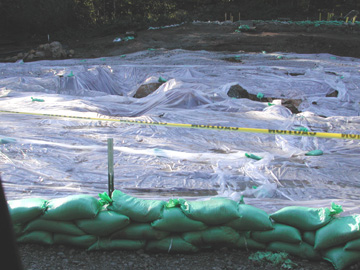
This location marks the pits where fireworks were discovered. The city and county buried confiscated fireworks in these pits. The fireworks were supposedly destroyed by open burning them first, but contractors found fireworks that had not been burned.
The Rosemere Neighborhood Association has requested that the Environmental Protection Agency conduct a preliminary assessment of the known and suspected release of hazardous substances, pollutants, or contaminants at Camp Bonneville, the former US Military installation in Clark County, Washington (just outside Vancouver).
Read entire Preliminary Camp Bonneville Superfund Petition here (adobe pdf format.)
-
City of Vancouver Storm Water Ordinances – January 25, 2009
The Rosemere Neighborhood Association and Columbia Riverkeeper submitted comments on proposed revisions to the City of Vancouver’s Storm Water Ordinances, VMC 14.24, 14.25 and 14.26.
-
Update on Kalama Energy Plant – January 5, 2009
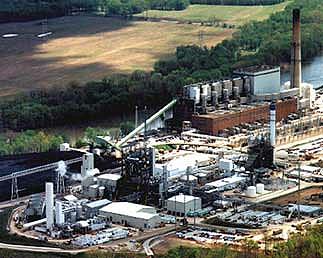
This is a 2544-ton-per-day coal gasification plant on the Wabash River in Indiana. (Photo: Department of Energy)
Our efforts to block the coal fired power plant in Kalama have been successful. In their meeting held on September 9, 2008, the State of Washington Energy Facility Site Evaluation Council announced that The Pacific Mountain Energy Center in Kalama is being redesigned as the Kalama Energy Project. The newly renamed project will eliminate all the gasification facilities originally planned for the site and run exclusively on natural gas. [Read More...]
-
Ocean Dead Zones of the Pacific Northwest – January 6, 2009
“Dead Zones” were first reported and studied in 1910 — 4 areas in the world’s oceans. Currently the world-wide count is over 400. According to a study in the August 15 issue of the journal Science, the tally is 405 dead zones in coastal waters worldwide. These affect an area of 95,000 square miles, about the size of the country of New Zealand. Some of the increase is due to the discovery of low-oxygen areas that may have existed for years and are just being found, but others are actually newly developed. [Read More...]
-
Clams and Crayfish Used to Study Waterborne Contaminants – January 6, 2009
Recent water quality monitoring efforts in the Columbia River have relied upon the analysis of clam tissue to determine the levels of dangerous toxins that have been absorbed by aquatic organisms. In Vancouver, high levels of PCBs, a cancer-causing agent, have been identified in clam tissues taken from samples in front of Alcoa at the Port of Vancouver, and downstream toward the mouth of the flushing channel to Vancouver Lake. [Read More...]
-
Bursting the Bubble on Household Cleaning Products – January 5, 2009
Soap bubbles with cute smiling faces, sliding joyfully around a tub and shower, who wouldn’t want to buy what these animated little darlings want to sell you? But no matter how endearing, the only reality of the never ending need to clean our shower and tub is, as our parents used to say, “elbow grease.” A good scrubbing with a green scrubber and a non toxic product is the only way to clean a bathroom. [Read More...]


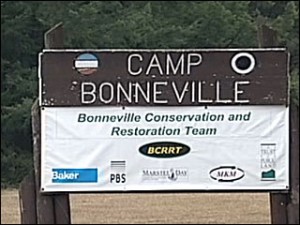

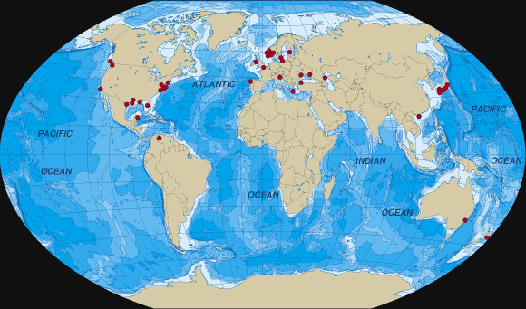
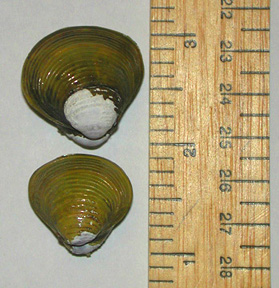



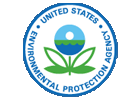







![Washington State Water Quality Assessment [303(d)] Washington State Department of Ecology](http://www.rosemerena.org/home/wp-content/uploads/2009/03/ecy_logo.gif)

